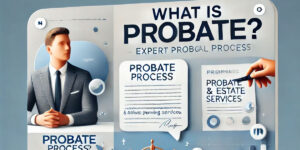Beneficiary designations and titles to assets are the most likely sources of estate planning mistakes and problems to address. Though estate planners are aware of the common mistakes and the consequences, many people aren’t. The mistakes we’re going to cover usually involve assets and ways of holding property that avoid probate. Because the property avoids probate, it often doesn’t receive scrutiny from an estate planner, and a planner might not even be told about the property because the owner believes it is taken care of.
Estate Planning Mistakes:
Converting financial accounts to joint ownership
it substitutes for a financial power of attorney. Instead of having a document drafted that gives the adult child the power to manage the accounts when the parent is unable to, the joint title takes care of that. Each owner has authority over the accounts and can make decisions. Secondly, the jointly-held account often creates problems. In most states, half the jointly-held account is subject to the claims of creditors of either co-owner. Your assets could end up in someone else’s hands if your adult child divorces, loses a lawsuit, or runs up big debts.
Naming one child as beneficiary
Too often a parent decides to keep things simple by naming only one adult child as beneficiary of life insurance or a financial account, including an IRA. The parent’s intent, which often was expressed to the children, is that the child who is named as beneficiary will split the account or insurance evenly with the other children. If one child takes title to the property, it is subject to the claims of any of his or her creditors.
Failure to name or update.
This means that an asset that normally would avoid probate must go through the probate process. It will be considered part of the estate and be distributed according to the terms of either the will or state law. For financial accounts, the company that holds the account might have its own default rules for determining who the beneficiary is when one isn’t named. Too many people select beneficiaries when they open an account or buy a policy and never review the decision after marriages, divorces, deaths, etc.
Not having contingent beneficiaries.
The contingent beneficiary receives the property when the primary beneficiary already passed away or declines the property. When there isn’t a contingent beneficiary, then most of the time the consequences are the same as if no beneficiary were named. But sometimes state law or the rules of the account custodian might dictate a strange result.
Naming trusts as IRA beneficiaries.
When a trust is named IRA beneficiary, required distributions from the IRA are accelerated. The ability to stretch out the distributions and maximize tax deferral is lost. Only certain Types of Trusts can be IRA beneficiaries and maximize tax deferral.
Naming multiple co-beneficiaries.
This is frequently done with IRAs, financial accounts, and even real estate using a Transfer on Death deed or a similar designation. The arrangement can work well. With an IRA, the beneficiaries can agree to split it into separate IRAs. Too often, however, the strategy leads to problems. The beneficiaries can’t agree on how to manage the property or how to split it. It can be a major problem with real estate, because they all have to agree on everything. If they agree to sell, then they must agree on a broker, the offering price, and how to respond to each offer. They also might have to contribute equally to property taxes and other expenses until the property is sold.
Naming an inappropriate beneficiary.
A minor should not be named the direct beneficiary of property or life insurance. If he or she is, then the child will receive full title and control of the property upon turning 18. When minor children are involved, you need to set up a trust that manages the assets and distributes income and principal either on a schedule you set up or at the trustee’s discretion.
Leaving Asset to Adult Children
Parents are always looking for ways to provide for their children. You may be wondering how you can help provide for them after you’re gone, and many parents resolve this issue by establishing an inheritance. There are different inheritance options to choose from depending on your budget, preferences, and the age of your children. Below are some examples of inheritance options and how they work.
Trust Account
The life insurance premiums are paid out of the trust account, and you can determine when and how the funds will be distributed to your children. For instance, you can set a stipulation that the trust proceeds be used for university tuition, or that the payouts are given out at various ages, such at 18, 24, and 30. This prevents an irresponsible or immature child from accessing the funds pre-maturely.
Cash Gifts
Gifts that are given in an amount greater than the federal gift tax are subjected to a tax rate of up to 40%. The downside of this option is that many parents do not feel their children are responsible or mature enough to handle large sums of money. One possible solution is to set up a Uniform Transfers to Minors Act Account (UTMA), where the parent is established as the custodian of the account until the child comes of legal age.
Get Help
For legal assistance with estate planning, contact us today.









